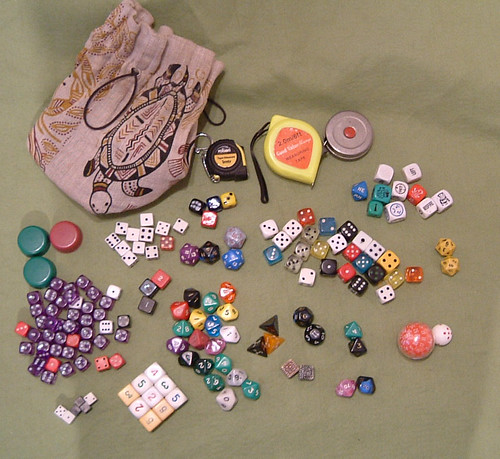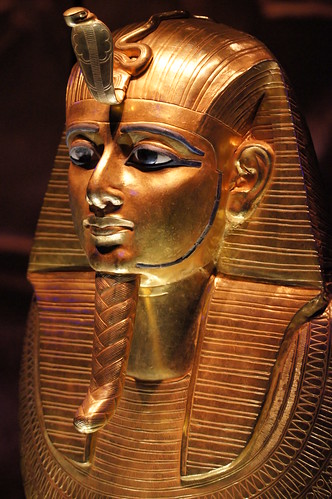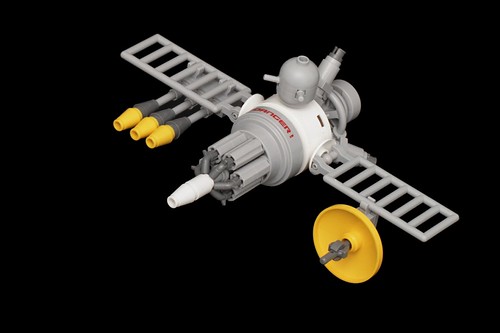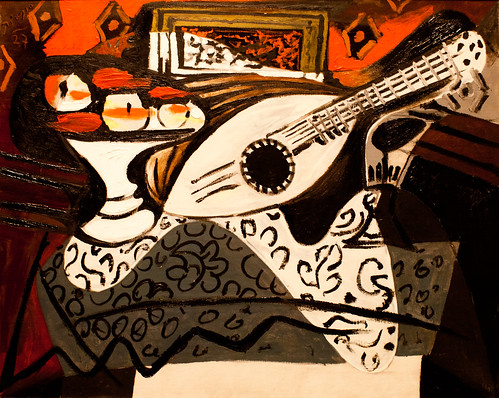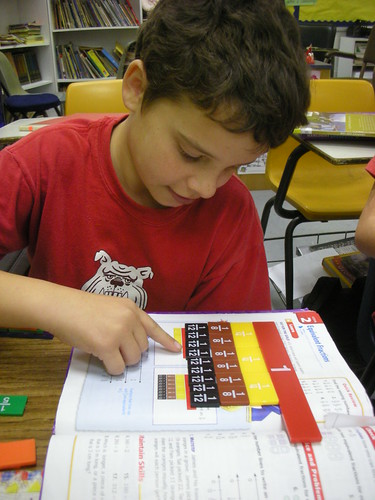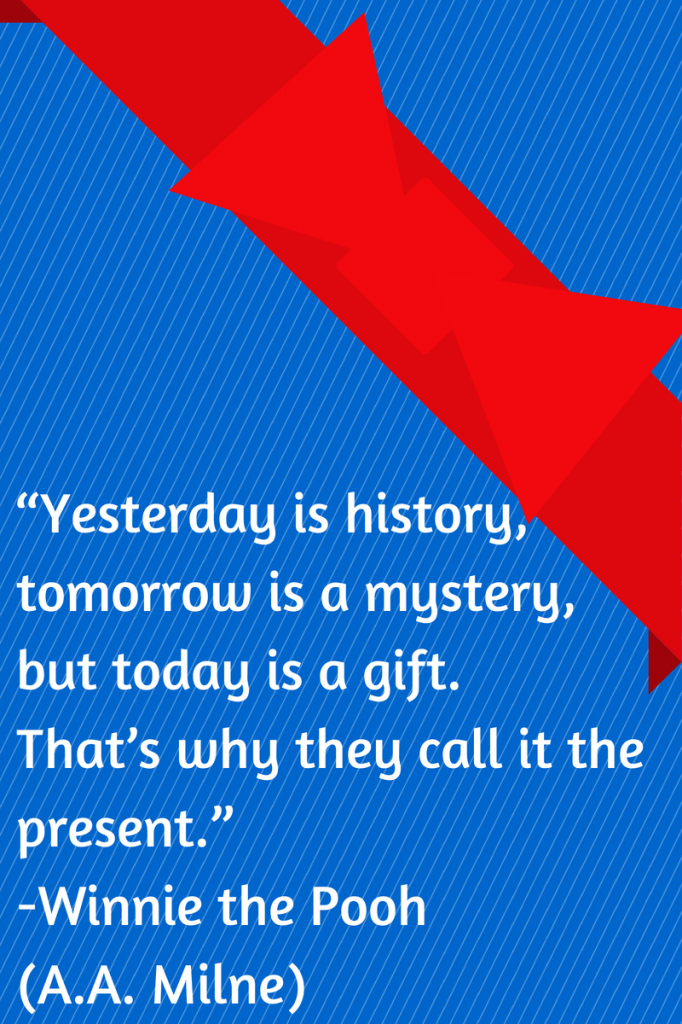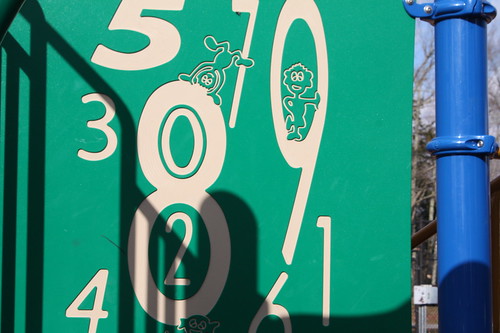
 Photo Credit: Cade Buchanan via Compfight
Photo Credit: Cade Buchanan via Compfight
Happy Birthday to the Edublogs Awards.
This year they are ten years old.
These awards reflect the value
of online educational websites and blogs.
The awards create a showcase
of the best very resources
as educators nominate their favourites.
The awards process is in three stages:
the nomination, voting, and the awards ceremony.
You can read more about the Edublogs Awards 2013 here
I have given a lot of thought to my nominations.
There are so many excellent educational blogs and websites,
choosing wasn’t east and even as I post,
I worry I have forgotten someone wonderful.
Best Individual Blog: Sub Stories
We are in recession here in Ireland and a significant number of newly qualified teachers (NQTs) are waiting by the telephone each morning, awaiting a call to substitute for a teacher who is unwell. Sub Stories chronicles an enthusiasm for teaching, occasional feelings of rejection, and also generously shares links to resources that are useful for teachers who are subbing. She also has a lively complementary Facebook page in tandem with her blog.
Best Group Blog: EdBlogsIE
This is an aggregate blog devised by primary teacher, Nigel Lane which creates a ‘one-stop shop for Irish educational blogs’,
Best New Blog: St. Peter’s Primary Bray Blog
This lively and entertaining blog was born on 13th February 2013. It was quickly on its feet and going from strength to strength, using sound and vision showcasing the excellent work that is going on in this school. I particularly like its use of podcasts that give the students a voice. The way in which this blog reaches out to parents, other schools and the local and wider community is also commendable.
Best Class Blog: Room 5 @ Melville Intermediate School
This blog has many positive attributes of which I will list just three:
1. The teacher Myles Webb and his students communicate and collaborate globally and encourage those new to blogging to do so too.
2. The students’ involvement in all aspects of the making of this blog is apparent and they visit, comment and engage with other class blogs. This often takes the form of inquiries about the culture and traditions in other lands.
3. This blog also teaches about New Zealand’s wonderful culture in an engaging and interactive way.
Best Student Blog:
The uniquely named !ROAR! is written by Mackenzie. It is well written and well illustrated and refects her interests and personality. Mackenzie shares my love of widgets as tools that entertain one’s visitors. Mackenzie also understands the importance of interacting with the visitors to one’s blog and always replies to comments 🙂
Best Ed Tech / Resource Sharing Blog: Seomra Ranga
What can I say! In every classroom I visit I see the resources from this blog; resources of excellent quality and wonderful variety. Seomra Ranga makes a significant contribution to the development of educational resources and the concept of sharing them.
Best Teacher Blog; MargD Teaching Posters
This is a blog I recently discovered; an Aladdin’s Cave for the Primary Teacher. Comprehensive, colourful and creative, this blogger, shares a wealth of teaching ideas, resources and methodologies. There are imaginative ideas for teacher planning and classroom set up. Motivating and inspiring, there is great attention given to helping children listen, think and learn.
Most Influential Blog Post of the Year: Rejection Hurts.
Ok so in theory we do understand that substitute teachers do an important job that requires them to be available, flexible, inventive and patient and that it is not the first choice for a teacher who would love to have their ‘own’ students. This poignant post hits home, giving the reader a better understanding and hopefully empathy for substitute teachers who are searching for a more permanent position. This post is rendered all the more powerful as it contrasts with her posts about her love of and enthusiasm for teaching.
Best Individual Tweeter: Myles Webb @NZWaikato.
The online teaching community on Twitter reflect their calling and are professional, encouraging and affirming. They are generous with their praise and their time. They share their expertise and experience, their links and resources. Chief among these educators on Twitter is Myles Webb @NZWaikato. He does all this and his commitment in terms of time must be significant. For example in the earlier part of this year, he visited very many of the student and class blogs using the #comments4kids hashtag, leaving encouraging and affirming comments.

The value of commenting on student blogs cannot be underestimated and their effect on student self esteem and motivation is hugely significant. Global connections like these is what makes the world go round. Which brings me neatly to:
Best Twitter Hashtag; #comments4kids
William Chamberlain’s ingenious concept which invites tweeters to comment on student blogs.
Best Free Web Tool: Twitter
Best educational use of audio / video / visual / podcast. The Literacy Shed is an answer to a teacher’s prayer. The quality and breadth of the videos that Rob Smith has compiled enriches and inspires our teaching and in turn our students’ learning and development.
Best Educational Use of a Social Network; How I Learn
Once upon a time there was a newly qualified teacher, who was subbing. She wrote about her adventures on her blog and Twitter. She wrote a post about ‘How I Learn’ and invited guest bloggers through her blog and on Twitter to do the same. In this way she used Twitter (a social network) to compile a fascinating account of the variety of ways in which people learn.
The key I feel to her success is the interesting selection of contributors she had including Mary and her son Daniel, an exceptional young man with Down’s Syndrome who is a visual learner and Fintan, a History and English Teacher who is an avid reader.
Through sponsorship and crowd sourcing on Twitter, the intrepid compiler Helen Bullock then secured the finance she needed to publish a book of these accounts (with proceeds going to Barnardo’s Children’s Charity)
and they all lived happily ever after.
Lifetime achievement; Sue Wyatt. The Student Blogging Challenge has been run over a number of years biannually. It is co-ordinated by Sue Wyatt, a very busy and dedicated former teacher from Hobart, Tasmania. It gives the opportunity to individual students and classes who blog, to learn new blogging skills and to develop their blog in a systematic way. Through the well designed weekly challenges they make contact with students and schools all over the globe. Sue also coaches small groups of students with spectacular results (see Let’s Blog! Communicating with the World.) My nomination for Best Student Blog is one of Sue’s students. And so I ‘rest my case’ 😉

![]() Photo Credit: rbbaird via Compfight
Photo Credit: rbbaird via Compfight







